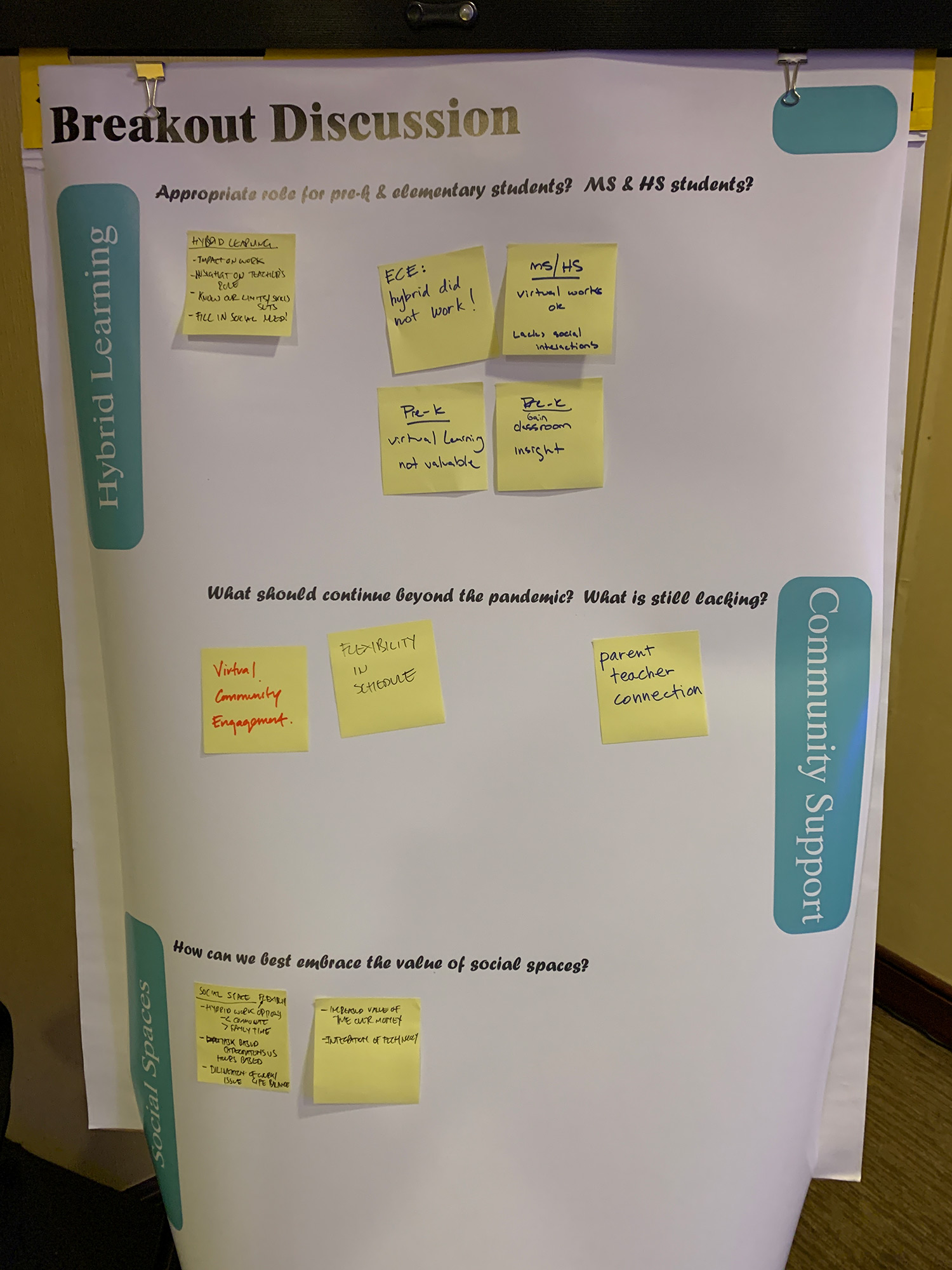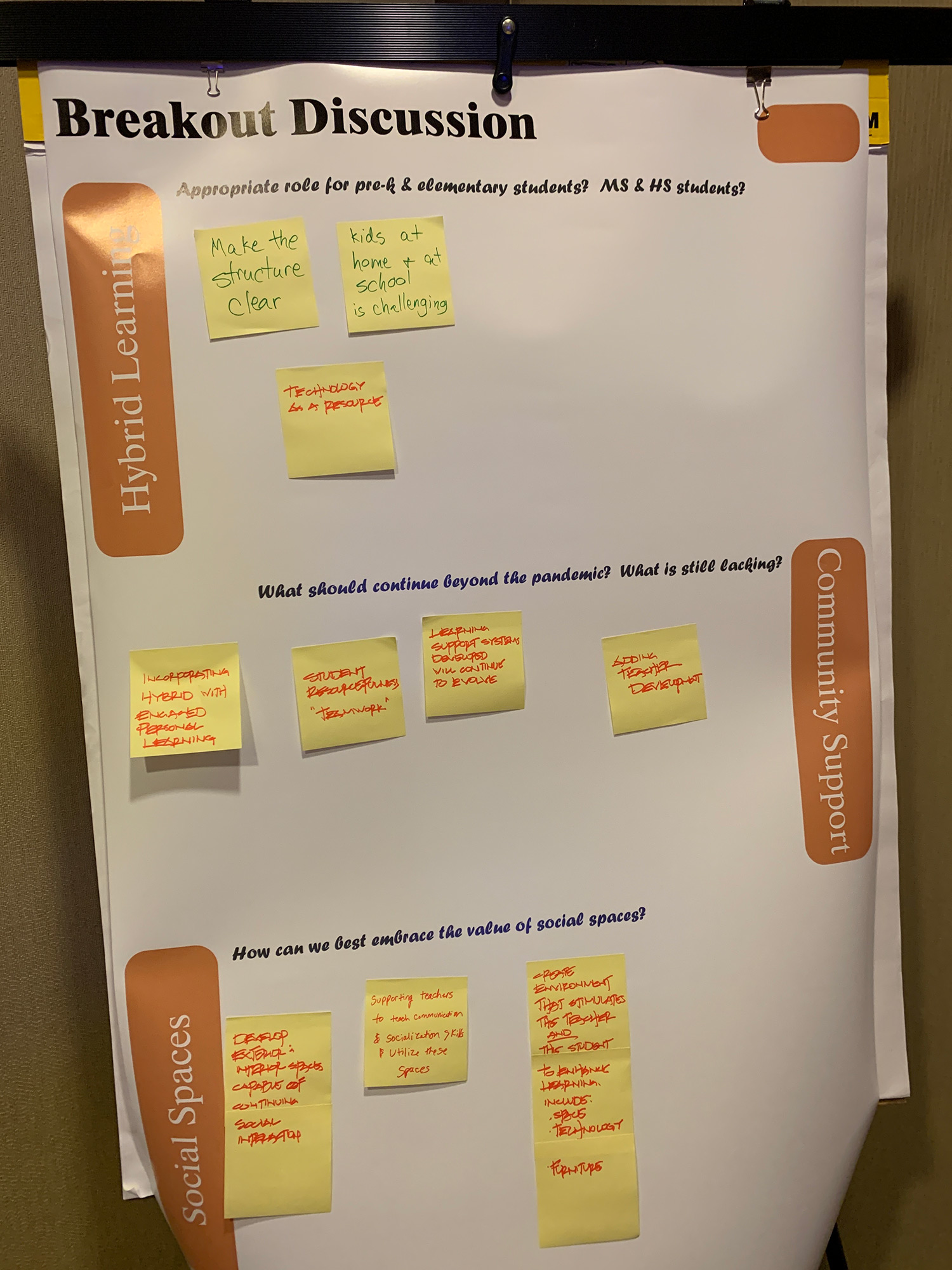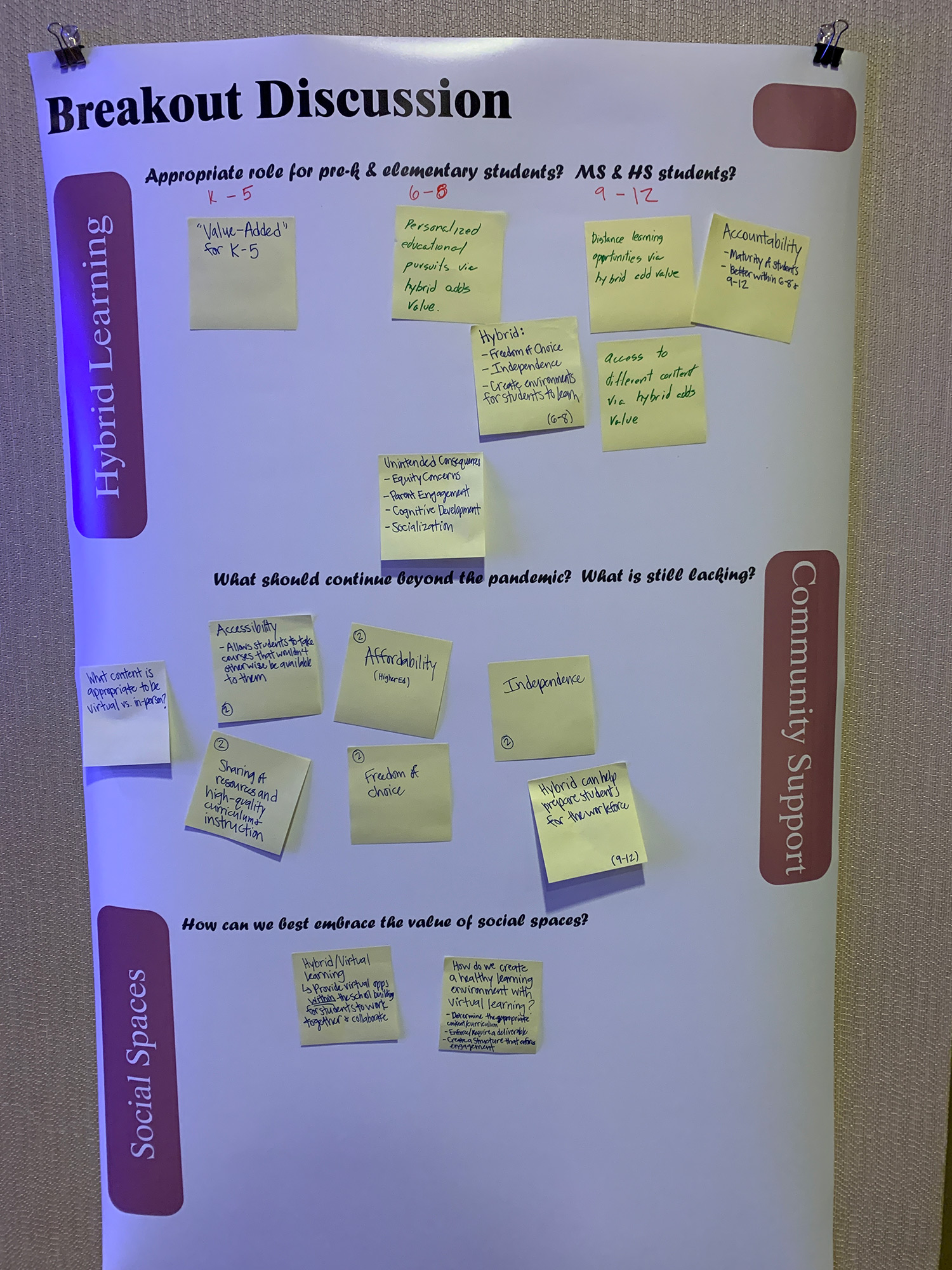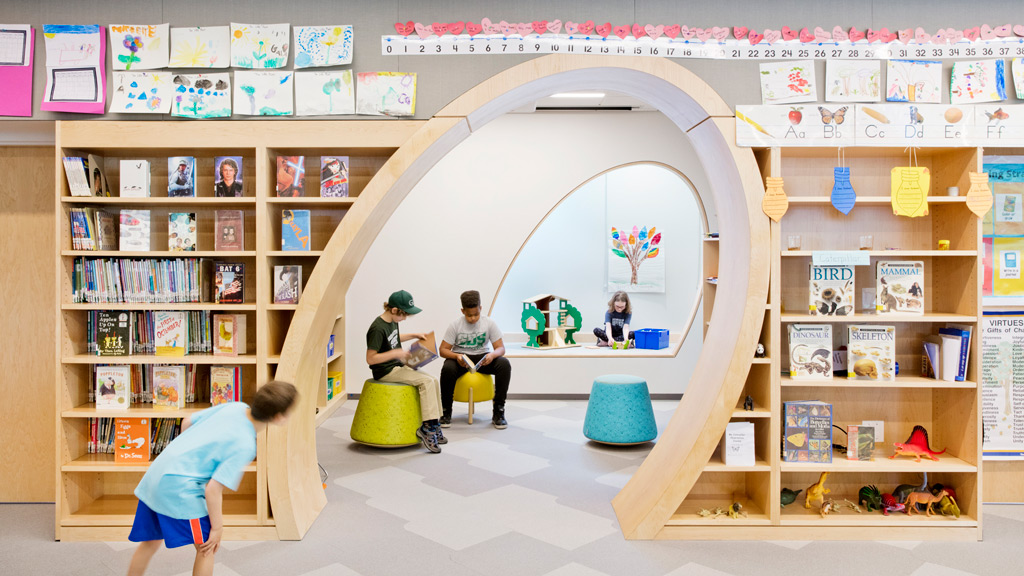The Path Ahead: Leveraging Lessons for the Future of PreK-12 Learning
July 21, 2022 | By Clay Jackson
The past two years have been challenging for all, but particularly for families with school-age children. Not only balancing home life while working from home and managing the stress of living through a pandemic, but also the added burden of picking up the slack that virtual learning has left in the wake of schools closing. Now the question is: what lessons have been learned about our children’s education and the role of schools in our communities?
We initially posed this question to a diverse set of Gensler parents to gather stories reflecting how our shared experience can inform the design of future learning environments. Common trends underscored the fact that a school is not just about an academic experience that can be replicated virtually – it is an important social experience that is enhanced through open communication between students, teachers and parents, and buoyed by a reliable and supportive community.
Expanding these findings to an even more diverse audience, our team hosted an interactive session with 15-20 designers, educators, and administrators at the 2022 Northeast Regional Conference hosted by Association for Learning Environments (A4LE) in Washington, DC. The session incorporated a presentation of our initial research findings and then pivoted into small group discussions focusing on ways learning environments can move forward from these past experiences. Each attendee was assigned a table based on a specific profile lens, along with a list of “thought-starters” in case people did not already have direct experience with their assigned lens. The three lenses included: the parent perspective, the teacher perspective, and the student perspective. Each table explored the following topics derived from speculations taken from our initial interviews: the appropriate role of hybrid learning, the importance of community support, and embracing the value of social spaces.
The Parent Perspective
There were a couple of parents in this group who had direct experience with at-home learning with younger children. There was resounding agreement that hybrid learning does not work well for younger children, though has potential for middle and high school students. Similar to their own at-home work productivity challenges, they witnessed their children struggle to stay engaged. Leaning into flexible work schedules to accommodate student’s virtual learning schedules has been and will continue to be a great advantage. The enhanced parent and teacher communication is also a helpful trend moving forward.

Similar to our own Gensler parents interviewed, this group valued separate family time after working or learning from home. Supporting that quality time together is most important.
The Teacher Perspective
Only one attendee in this group had direct experience to this lens by being an elementary school principal at the time when students were being sent home. The initial challenge noted for teachers was how quickly at-home learning structure had to be developed. There were limited community resources such as access to internet and computers, and practically no precedents to determine what hybrid learning structure looked like at various age groups. As different communities started gradually returning for in-person learning, many struggled with having some students in person and some still participating virtually at home.

Technology has been a key resource enabling this setup, and even more resourceful for engaging personal learning based on the student’s needs. Amidst all of this, a peer-to-peer resourcefulness has emerged between students, highlighting the need to develop both exterior and interior spaces capable of supporting this interaction along with social connections. Prioritizing environments that are exciting and stimulating for both the teacher and student to enhance learning.
The Student Perspective
This group initially had difficulty talking holistically for all age groups, and thus were encouraged to split into two focus groups: 1) pre-K and elementary age students, and 2) middle and high school age students. While the younger students have more challenges with staying focused and retaining information from hybrid learning, middle and high school age students have more opportunities for personalized education. Providing more freedom of choice to even explore distant learning opportunities, which offers valuable independence and teaches them about accountability in return.

A challenge remains with inconsistencies between communities regarding equity, parent engagement, cognitive development, and socialization. The community support combatting these challenges can be found by overlapping hybrid learning and the workforce for some older students. While other students can have access to courses that otherwise wouldn’t be available to them. Consistent with other groups, creating collaborative learning environments to support social interaction is important. Including options for virtual collaboration between students either in other schools or at home. The success of these spaces will depend on determining the appropriate content/curriculum, requiring a deliverable from students, and fostering a learning model that enforces engagement.
The Path Ahead
All perspectives concluded that hybrid learning is ineffective for younger students, even though it has intriguing potential for middle and high school age students. Opportunities derived from embracing technology for more personalized learning or exploring distant learning can in return build independence and provide valuable lessons about accountability. Hybrid learning can be a valuable outlet for older students to become more responsible for their own learning journey.
Communication between parents and teachers has continued to be stronger than before the pandemic, along with peer-to-peer resourcefulness that has emerged between students. Additional community support has been recognized with flexible work schedules for parents to help accommodate virtual and hybrid learning schedules. Along with opportunities for older students to potentially overlap hybrid learning models with the workforce.
All of this, however, is dependent on collaborative learning environments that are exciting and stimulating for both the teacher and student, for both in-person and virtual interactions that ultimately enhance the student experience. Successful environments will likely be complimented with appropriate content/curriculum, requiring a deliverable from students, and fostering a learning model that enforce engagement.
For media inquiries, email .

